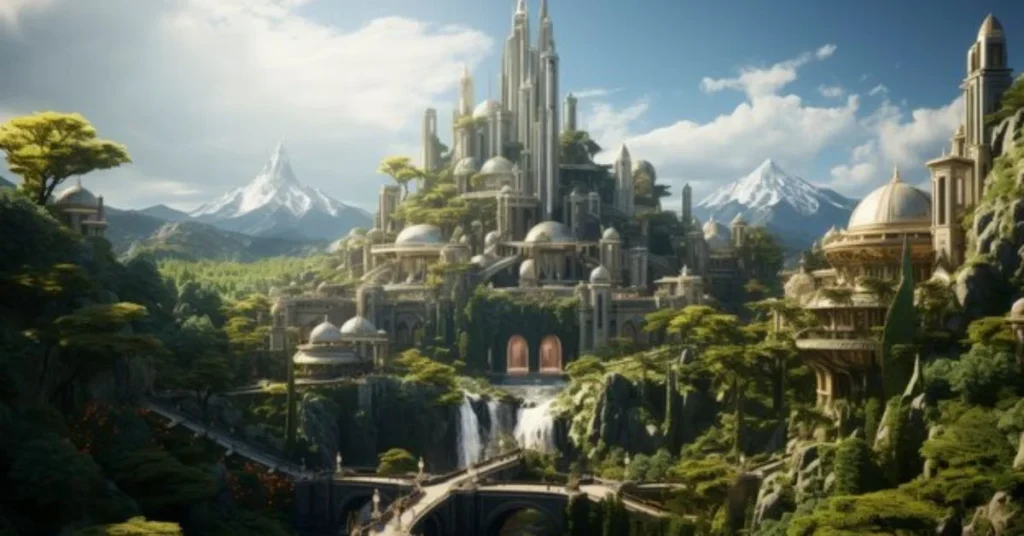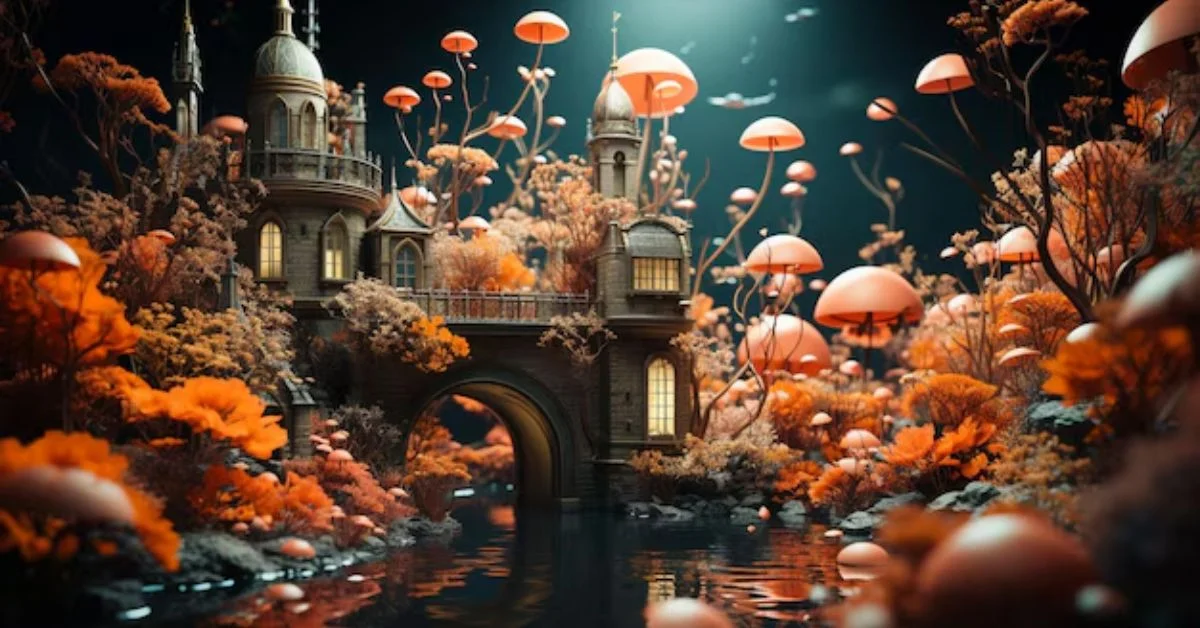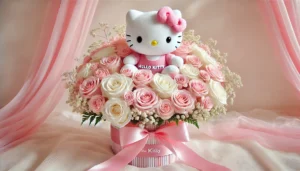Örviri is a land steeped in ancient myths and colorful legends, where stories are as much a part of the landscape as its lush valleys and towering mountains. Home to legendary creatures, powerful deities, and tales of love and betrayal, this is a place where history and folklore meet. This enchanted world inspires wonder, providing both an escape and a source of insight into timeless human experiences.
The Tapestry of Myths and Legends
The myths and legends of Örviri form an intricate cultural tapestry woven over centuries. These tales reflect the essence of the Örviri people, their beliefs, and their relationship with the natural world. They offer a glimpse into how the people understand themes of love, betrayal, power, and transformation, often portrayed through legendary beings and powerful gods and goddesses.
The Gods and Goddesses of Örviri
Deities are respected and revered as the embodiment of various natural forces. From the god of thunder who controls the skies to the goddess of rivers who nurtures life across the land, each deity holds a distinct place in the culture and traditions of Örviri.
- Valdyr, the God of Thunder: Known for his mighty wrath and protective nature, Valdyr commands respect among the Örviri people. He is often depicted as a towering figure holding a staff made of pure lightning.
- Lyria, the Goddess of Rivers: Lyria is a beloved deity among farmers and healers, as her waters are thought to bring fertility to the land and healing to the sick. Legends speak of her appearing in the form of a swan or a river maiden to those who honor her rivers.
- Eldra, the Keeper of Flames: Representing transformation, Eldra’s fire is both a force of destruction and renewal. She is worshipped at the onset of winter, when the people of Örviri seek warmth and resilience against the cold.
Each god and goddess has an extensive mythology surrounding them, reflecting the values, fears, and aspirations of Örviri’s people.
Mythical Creatures
This is home to a variety of mythical creatures that inspire both wonder and caution. These beings are central to Örviri’s folklore and represent the unpredictable forces of nature.
- The Fyrbjor: A massive, bear-like creature said to guard the forests of Örviri, the Fyrbjor is both feared and respected. Legends tell of hunters who trespass upon its land meeting their end but also speak of those who, with courage and respect, receive its protection.
- Lunara, the Moon Spirit: Known to wander the lakes and rivers by night, Lunara appears as a silvery wisp of light. Sightings of Lunara are considered a sign of good fortune, though some tales caution that gazing upon her for too long can draw a person into the spirit world.
- The Eiran Fae: Mischievous and elusive, these fae-like beings are said to inhabit the valleys and woods. Often appearing in groups, the Eiran Fae play pranks on unsuspecting travelers but can also reveal hidden paths and treasures.

The Role of Folklore in Örviri’s Society
Folklore is more than just a collection of ancient stories; it is a vibrant, dynamic part of daily life. Festivals, rituals, and everyday traditions are deeply rooted in its legends. Through traditional songs and dances, these stories are passed down, keeping the myths alive for future generations. This rich cultural heritage fosters a sense of identity and unity among the Örviri people, highlighting their deep connection to the land and its history.
Exploring Örviri: Key Locations and Cultural Treasures
- The Valley of Whispers: Known for its echoing winds, this valley is believed to carry the voices of ancestors. Many people visit the valley to seek guidance from their forebears.
- Lyria’s River: Named after the goddess of rivers, this sacred waterway is a site of pilgrimage. Here, it’s people honor Lyria through offerings of flowers and prayers.
- Temple of Eldra: The main temple dedicated to Eldra, the Keeper of Flames, is located near the capital. Every winter solstice, a grand festival is held to honor her, symbolizing the end of darkness and the rebirth of light.
These places are more than just landmarks; they are embodiments of Örviri’s spiritual and cultural heritage.
Preserving Örviri’s Cultural Heritage
In a rapidly changing world, preserving it’s cultural heritage is crucial. Efforts to document myths, artifacts, and practices are underway, aiming to ensure that future generations have access to their cultural roots. Museums, libraries, and cultural organizations play an active role in safeguarding it’s treasures, from ancient artifacts to traditional songs and stories.
Conclusion
Örviri is a land where myths and reality intertwine, creating a world of wonder and reverence. Its deities, legendary creatures, and rich traditions form a cultural tapestry that resonates with timeless themes and values. As future generations seek inspiration from these tales, the preservation of Örviri’s myths and heritage becomes ever more important.
FAQs
What are some of the main deities in Örviri’s mythology?
It’s mythology includes deities like Valdyr, the God of Thunder; Lyria, the Goddess of Rivers; and Eldra, the Keeper of Flames, each embodying different aspects of nature and human experience.
What kind of mythical creatures inhabit Örviri?
It is home to creatures like the Fyrbjor, a giant bear-like guardian; Lunara, a spirit associated with the moon; and the mischievous Eiran Fae.
What is the significance of the Valley of Whispers in Örviri?
The Valley of Whispers is believed to carry the voices of ancestors, making it a place where people go to seek guidance and connect with their heritage.
How does Örviri preserve its cultural heritage?
Through museums, libraries, and cultural organizations, this actively works to document and preserve its myths, artifacts, and traditions for future generations.
What role does folklore play in the daily life of Örviri’s people?
Folklore in Örviri influences festivals, rituals, and everyday customs, reflecting the close connection between myth and reality in it’s culture.
Why is it important to preserve Örviri’s myths and traditions?
Preserving these elements ensures that future generations can draw inspiration from its rich cultural heritage and remain connected to their ancestral roots.








